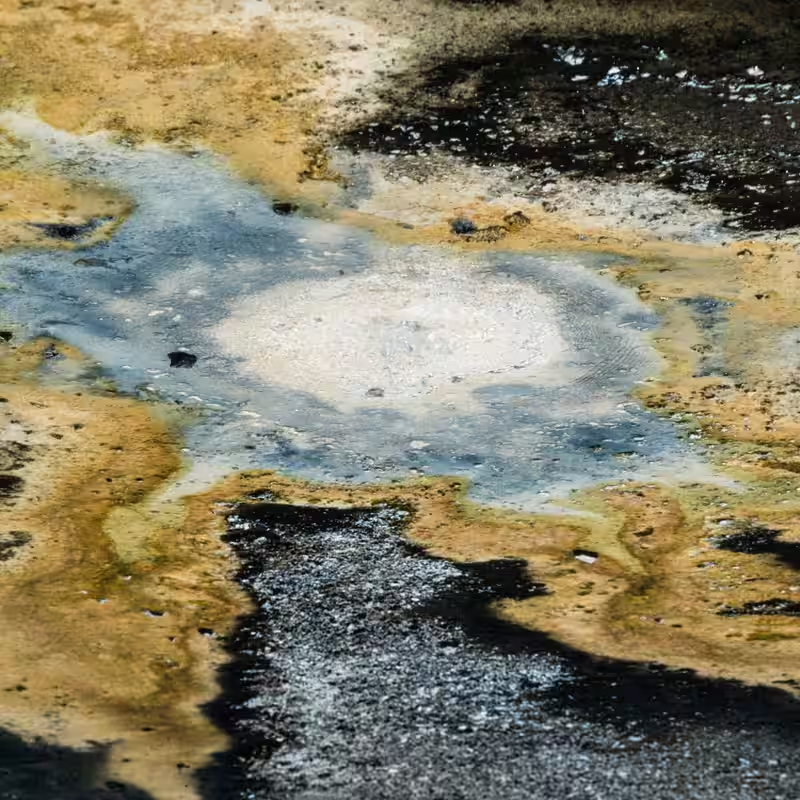Table of Contents
- Why Microbes Matter More Than You Think
- The New Frontier of Conservation: Saving Bacteria and Beyond
- IUCN Steps Up—But Is It Enough?
- Why Microbe Extinction Threatens Us All
- Sources
Why Microbes Matter More Than You Think
When we hear “endangered species,” we picture pandas, tigers, or majestic whales. Rarely do we think of the trillions of invisible organisms under our feet, in our oceans, and even inside our bodies. But scientists are sounding the alarm: microbes—bacteria, archaea, and other microscopic life forms—are facing their own silent extinction crisis.
“We need them in order to help conserve the pandas and the rainforests and the whales and the oceans and everything else in between,” said Dr. Jack Gilbert, a microbiologist at the University of California, San Diego. Without microbes, ecosystems collapse. They recycle nutrients, support plant growth, regulate climate, and even influence human health.
The New Frontier of Conservation: Saving Bacteria and Beyond
For decades, conservation efforts have focused almost exclusively on animals and plants. But that’s changing. Hundreds of scientists worldwide are now rallying to protect Earth’s microbial diversity—a task as complex as it is urgent.
Unlike charismatic megafauna, microbes don’t have Instagram accounts or viral documentaries. Yet they represent the vast majority of Earth’s genetic and metabolic diversity. Scientists estimate that there could be trillions of microbial species, most of which remain undiscovered.
Focus on Microbes: A Paradigm Shift
This shift marks a major evolution in conservation biology. Until recently, the International Union for Conservation of Nature (IUCN) only assessed animals, plants, and—more recently—fungi. Of the 1,300 fungi evaluated so far, a shocking one-third are at risk of extinction.
Now, the IUCN is expanding its scope to include bacteria and other microbes. It’s a daunting challenge: How do you assess the extinction risk of organisms you can’t see, haven’t named, and barely understand?
IUCN Steps Up—But Is It Enough?
On October 17, 2025, the IUCN announced new additions to its Red List of Threatened Species—including the slender-billed curlew and the rare tree Diospyros angulata. But it also celebrated a win: the green sea turtle has been downgraded from “endangered” to “least concern,” thanks to decades of targeted conservation.
That success story offers hope. But microbes won’t benefit from beach patrols or anti-poaching laws. Protecting them requires preserving the habitats they depend on—wetlands, soils, coral reefs, hot springs—and curbing pollution, deforestation, and climate change.
Why Microbe Extinction Threatens Us All
Losing microbial diversity isn’t just an ecological tragedy—it’s a human one. Here’s why:
- Soil Health Collapse: Microbes drive nutrient cycling. Without them, agriculture fails.
- Ocean Dead Zones: Marine microbes regulate oxygen and carbon cycles. Their decline worsens climate change.
- Medical Setbacks: Many antibiotics and cancer drugs originate from soil bacteria. Lose the microbes, lose future cures.
- Immune System Disruption: Human gut microbiomes rely on environmental microbial exposure. Sterile environments = weaker immunity.
As Dr. Gilbert puts it: “Microbes are the invisible engineers of life on Earth. If we lose them, we lose the foundation of everything else.”
Sources
The New York Times: “Save the Whales. But Save the Microbes, Too.”




